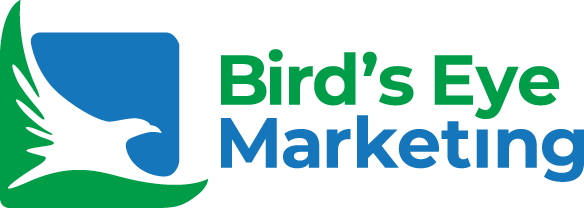Digital Mainstreet is a free government program that helps small and home-based businesses grow, promote and sell online. There are a lot of obstacles small and home-based business owners face when it comes to adopting digital tools and technology, including time,...








